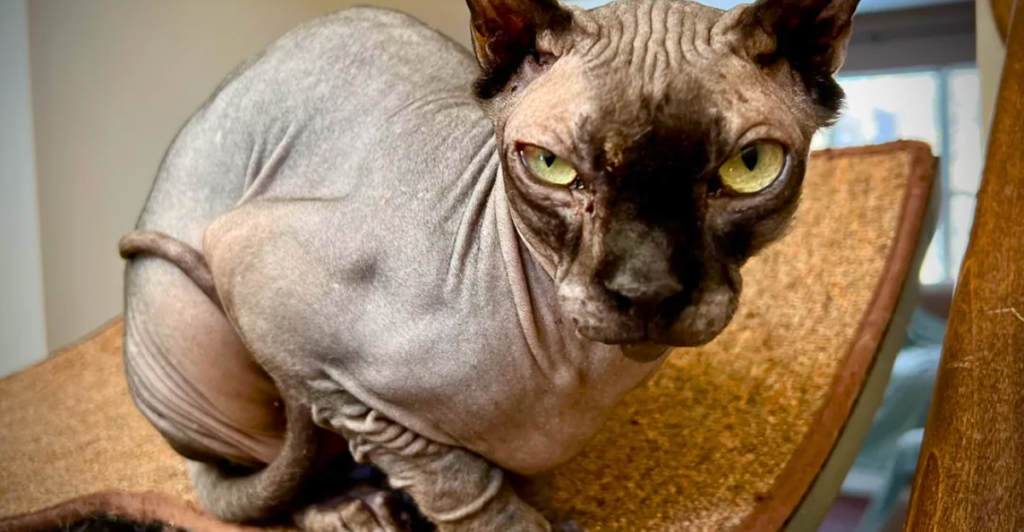
While cats are sometimes perceived as low-maintenance pets, many purebred breeds have hidden challenges that may surprise prospective owners. These include genetic health problems, behavioral complexities, and high grooming demands.
Veterinarians often give similar warnings about certain breeds due to the ethical implications of their breeding practices and the long-term care needed. Certain breeds have hereditary ailments that result in chronic pain or diminished quality of life, and others require extensive attention and resources to maintain.
This article lists and explains the nine cat breeds that veterinarians wish people would rethink buying. By understanding these factors, potential owners can make more informed decisions about the welfare of their future feline companions.
1. Scottish Fold

The Scottish Fold’s signature folded ears are due to a genetic mutation affecting cartilage throughout the body. As cute as this makes them, though, it also puts them at risk for osteochondrodysplasia, a painful condition associated with deformed joints and arthritis.
Many Scottish Folds experience mobility problems in the early stages of their life, and they have to visit the vet often and undergo specialized treatments. As these cats get older, they often suffer from chronic pain, which makes their golden years especially hard.
Veterinarians say Scottish Fold breeding continues to cause unnecessary animal distress, bringing into question the ethics of its popularity. If you are thinking about this breed, be ready for ongoing medical expenses and a commitment to managing its comfort. Its adorable appearance, however, comes with significant responsibilities, prompting many experts to discourage its breeding altogether for humane reasons.
2. Persian
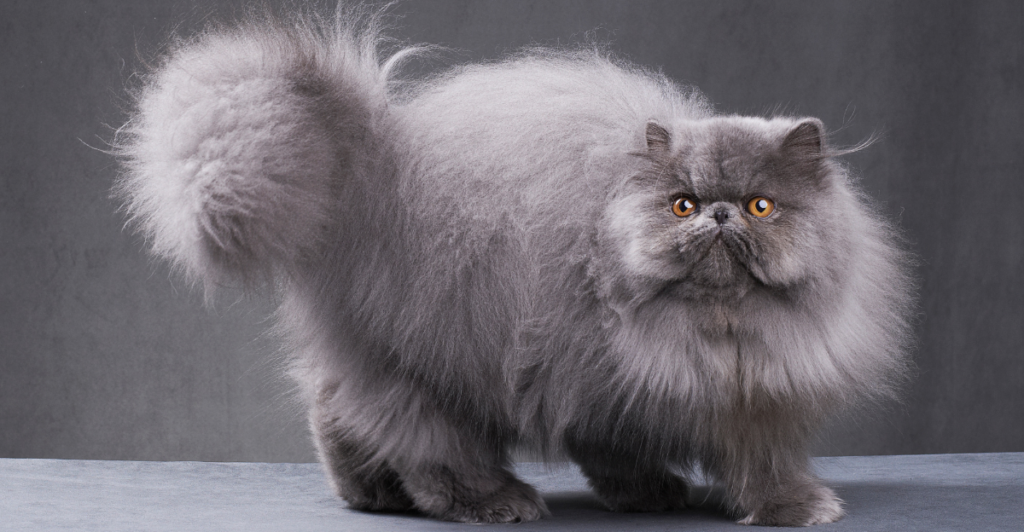
Persian cats are known for their long, luxurious coats and flat faces, but those traits come with serious health risks. Their brachycephalic facial structure contributes to breathing problems, leading to chronic eye discharge and dental issues. Persians are also more likely to develop polycystic kidney disease (PKD), which can lead to kidney failure if left untreated.
Their long fur can get tangled and matted, so they need to be groomed daily to prevent skin infections. This makes them one of the most high-maintenance cat breeds. You can easily spend a lot of money and time per year just on vet visits and grooming.
Although their gentle disposition makes them endearing companions, veterinarians warn potential owners that the breed can be expensive to care for and potential suffering caused by its inherited health issues.
3. Bengal
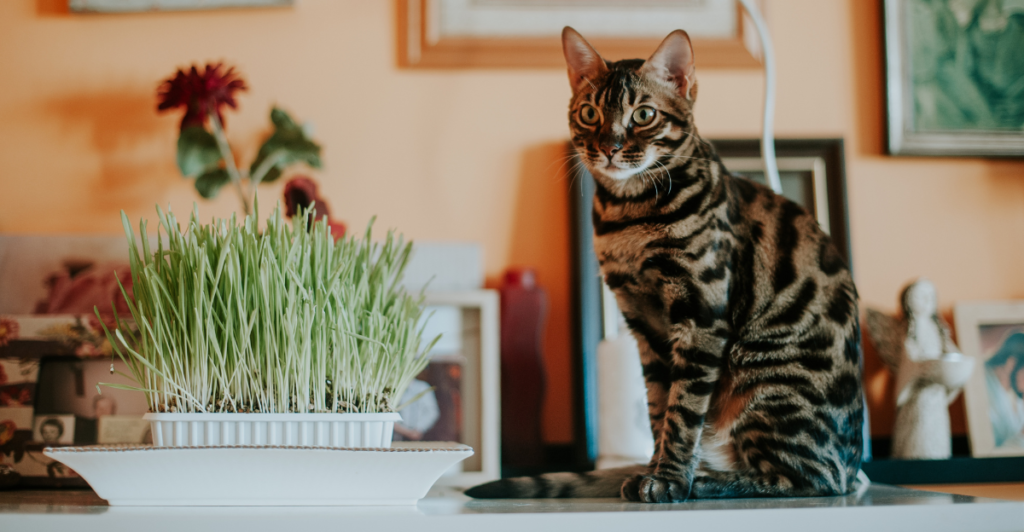
Bengals are hybrids of domestic cats and wild Asian leopard cats, giving them an exotic appearance and unmatched energy levels. Their playful nature needs constant stimulation, and without it, they destroy or attack. Bengals are known for being extremely vocal and demanding attention—traits that might prove too much for owners looking for a less demanding pet.
Healthwise, Bengals are susceptible to hypertrophic cardiomyopathy (HCM), a heart condition that can cause sudden death if undetected, as well as progressive retinal atrophy (PRA), which leads to blindness over time.
Although they are spectacularly beautiful and intelligent cats, their wild ancestry makes them unsuitable for many households. Prospective owners need to be ready for a very active lifestyle that incorporates interactive play and mental stimulation.
4. Sphynx
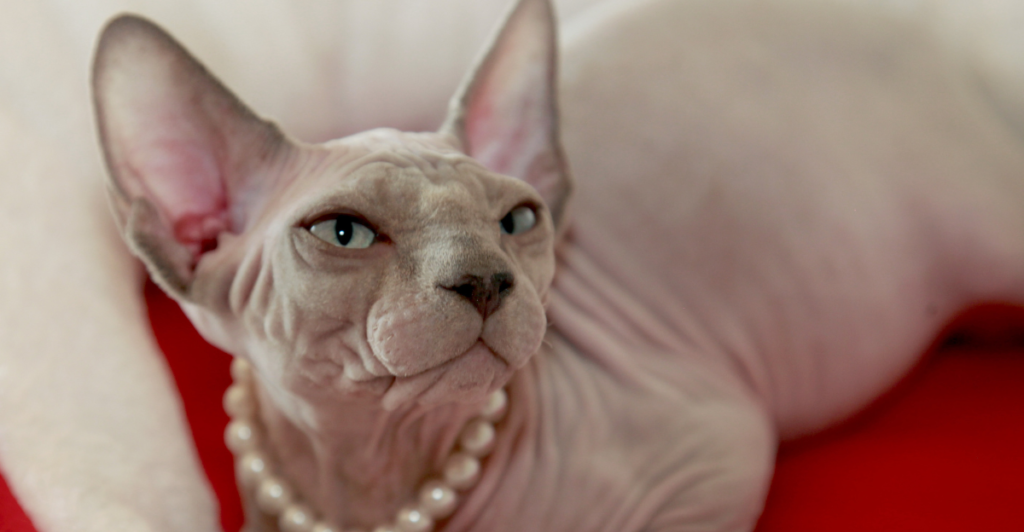
Although the Sphynx cat’s hairlessness may appear to be a low-maintenance trait, it actually requires significant care to keep its skin healthy. These cats produce excess oils that accumulate on their skin, necessitating frequent baths to avoid infections or foul smells.
Additionally, sphynx cats have a difficult time regulating their body temperature, so they need clothing in cooler climates or heated environments to be comfortable. Without protection, they can suffer from skin diseases, fungal infections, and sunburn.
Affectionate and playful, this breed is not recommended by veterinarians unless potential owners are absolutely ready for its special care requirements. Despite their lack of fur, their maintenance requirements make them one of the most demanding breeds.
5. Ragdoll
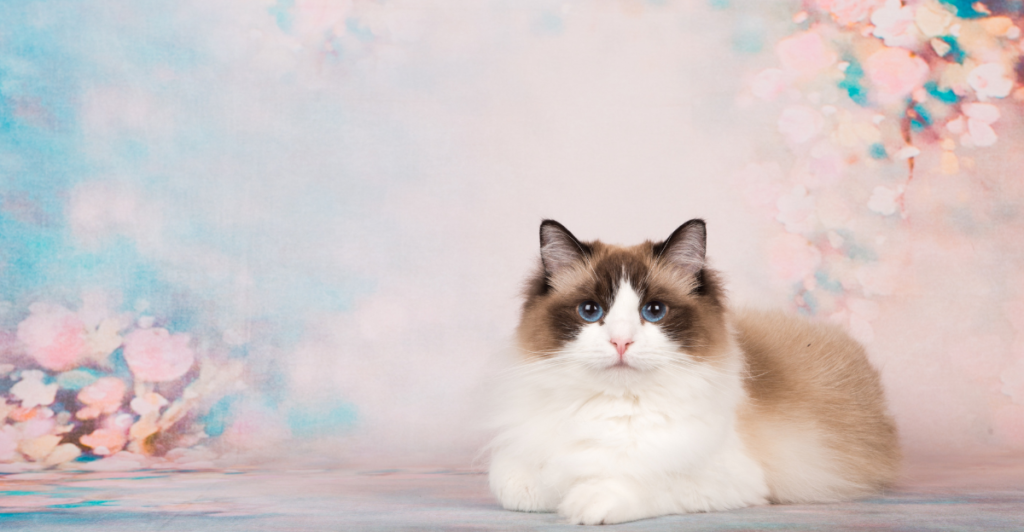
Ragdolls are known for their laid-back temperament and habit of going limp when picked up—a trait that makes them perfect lap cats but puts them at risk if allowed outside. These cats do not have survival instincts and should be kept indoors for their own safety. Their long fur must be groomed regularly to prevent matting or skin irritation, which adds to their maintenance needs.
Ragdolls have a genetic predisposition to a heart disease called hypertrophic cardiomyopathy (HCM), which necessitates veterinary monitoring. Ragdolls love to be showered with attention, so they do not do well with those who cannot spend substantial time with them to meet their needs. Veterinarians highlight the need for prospective owners to understand this breed’s specific vulnerabilities before committing to ownership.
6. Exotic Shorthair
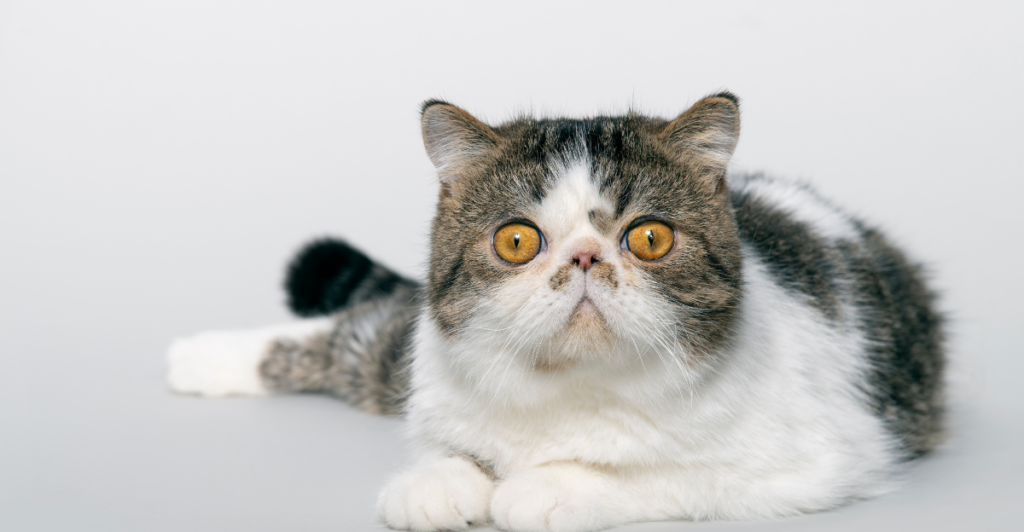
Exotic Shorthairs have the same issues as Persians due to their similar brachycephalic facial structure, but these breeds have shorter coats that reduce grooming demands slightly. However, these cats still need routine cleaning around their eyes due to excessive discharge caused by their flat faces.
Like Persians, Exotic Shorthairs are susceptible to polycystic kidney disease (PKD), and they commonly experience breathing problems that can be worsened by heat or stress.
While they appear easier to manage than Persians at first glance, veterinarians warn potential owners about the breed’s inherited health issues and ethical concerns over its breeding practices. Opting for this “designer” variant comes with a commitment to regular vet check-ups and a rigorous care regimen.
7. Maine Coon
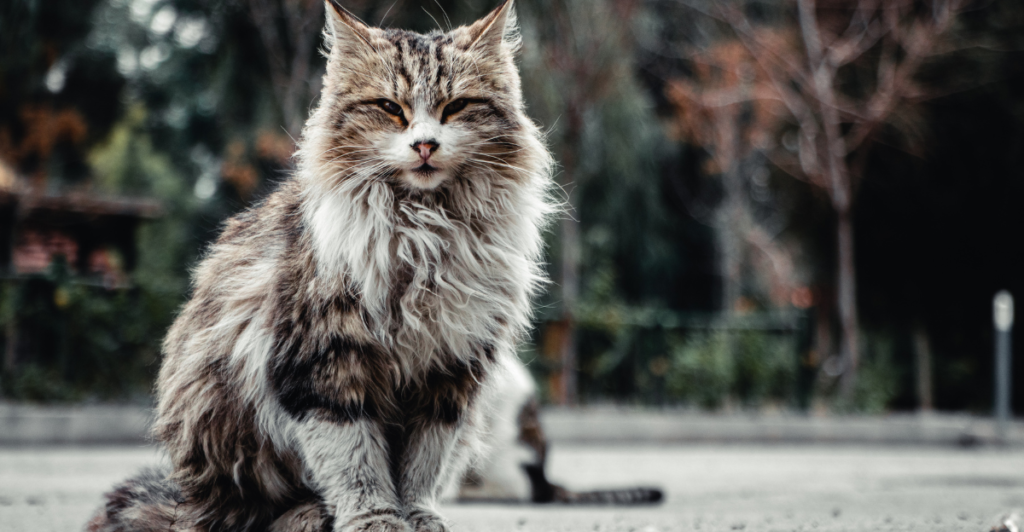
Maine Coons are the large, friendly giants of the cat world, but they come with their own set of challenges owing to their physical characteristics. Their large bodies need lots of room to move around; cramped living spaces can become stressful or cause health problems associated with obesity over time.
Regular grooming sessions are also necessary, as Maine Coons have long fur that would otherwise matte and cause skin infections if the grooming is neglected.
Health-wise, they are vulnerable to hypertrophic cardiomyopathy (HCM), hip dysplasia, and spinal muscular atrophy (SMA) — conditions that affect mobility and quality of life as they age. Owners should be prepared for higher costs related to food intake and medication doses due to their size.
8. Siamese
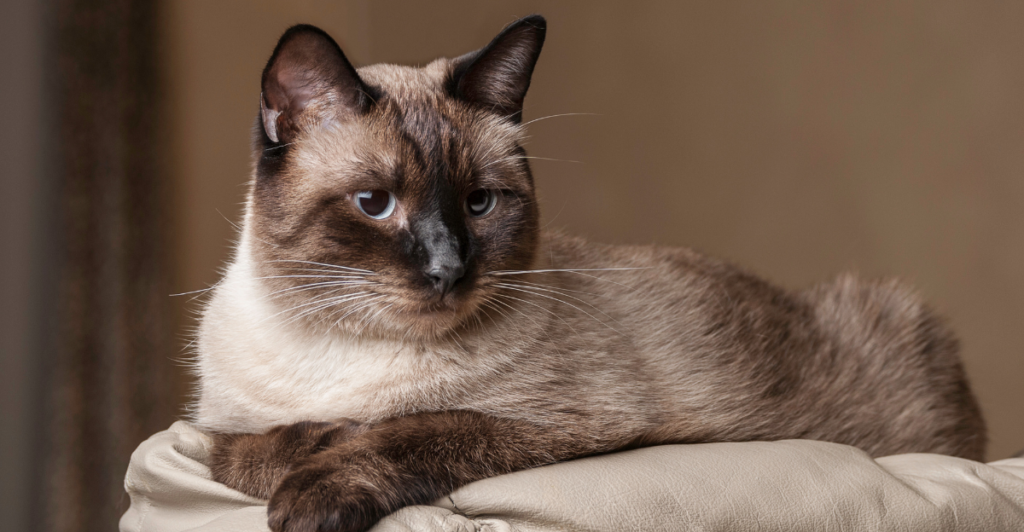
Siamese cats are famous for their brilliant blue eyes and talkative nature. However, due to their strong need for companionship, they need constant interaction with humans. Like all cats, Siamese cats are independent gregarious animals. Still, they are prone to stress-related behavioral problems like excessive vocalization or destructive behavior when left alone for a long time.
Siamese cats are also more susceptible to certain health conditions, such as mediastinal lymphoma (a type of cancer) and intestinal adenocarcinomas, than other breeds due to genetic predispositions linked with selective breeding practices over many generations.
9. Savannah

This Savannah cat is a hybrid breed created by crossing domestic cats with African servals. It is a strikingly elegant feline with long legs, tall ears, and spotted coats that resemble their wild ancestors. Savannah cats make highly entertaining pets due to their adventure-loving and playful nature, but their wild heritage presents their own set of challenges.
Savannah cats require ample space to explore and be mentally stimulated or they can become restless or destructive. They need to consume a high-protein diet for their active lifestyle, as improper nutrition can lead to health problems like urinary tract infections or obesity.
Savannahs are also susceptible to dental issues, hypertrophic cardiomyopathy (HCM), and respiratory infections, requiring regular vet visits. Owners also need to consider legal constraints on hybrid cats in some areas. Though loyal and smart, this breed demands a significant commitment to ensure its well-being.
Explore more of our trending stories and hit Follow to keep them coming to your feed!

Don’t miss out on more stories like this! Hit the Follow button at the top of this article to stay updated with the latest news. Share your thoughts in the comments—we’d love to hear from you!







